Palmetto Bluff Real Estate Company Sales Office
Office Hours
Monday-Friday 9am - 5pm
Saturday 9am - 4pm
Sunday 12 - 4pm
Saturday 9am - 4pm
Sunday 12 - 4pm
The Palmetto Bluff Conservancy continues to host many educational events throughout the year. From Brown Bag Lunches to First Friday Lectures, the Conservancy team never runs out of new topics to tackle. Explore PBC is a series of outdoor events to teach members and guests about the wonders of the landscape of Palmetto Bluff. During Explore PBC: Cemetery Loop, members and guests hiked through the woods of Palmetto Bluff along a path named Cemetery Loop that dates back to the Union Camp days of the Bluff. Throughout this hike, guests learned about four distinctive plants of the Lowcountry.
Eastern Red Cedar
The Eastern Red Cedar (Juniperus virginiana) is a mid-story tree that typically grows 20 to 30 feet. You will often find cedars near bodies of water as they need a lot of it to grow. Cedars are very versatile and are used for a variety of things. Native Americans would use the berries of the tree to supplement their food. They would also boil down the leaves and use the concoction as a medicine for common illnesses such as colds, aches, and fevers. The lumber from the cedar tree is sturdy and can be used in several ways, most commonly fence posts. The bark shavings also make great kindling for a fire as well as nesting material for birds and squirrels. In more modern times, the berries from a cedar tree are used to make gin.
Mockernut Hickory
The Mockernut Hickory (Carya tomentosa) is an extremely long-lived tree, sometimes aging up to 500 years old. It is also a very large tree and can grow up to 100 feet tall. The Mockernut Hickory can easily be identified by a few of its characteristics. Most prominent is the Mockernut Hickory’s bark, which has a unique channeled, almost diamond-like, pattern. Another distinguishing factor is the nut of the tree. The nut is relatively large and smooth, with four segments that all come together at the bottom and top. The nut of the Mockernut Hickory is also a great food source for deer and squirrels. Finally, you can tell a Mockernut Hickory by its whitish-grayish colored bark, which is where it gets one of its many nicknames, “white hickory.”
Spartina
Spartina (Spartina Alterniflora) is a marsh grass that grows anywhere from 1-10 feet in dense colonies that provide protection for different species such as blue crab, redfish, black drum and speckled trout. This makes it a keystone specifies. 50 percent of all the marsh grass is found in South Carolina can be found in Beaufort County and 50 percent of Beaufort county’s land mass is made up of marsh grass.
Black Needle Rush
Black Needle Rush (Juncus Roemerianus) is a codominant with spartina in southern marshes and grows between three and six feet. It has a constant growth rate throughout the year without any recognizable spurts. Black Needle Rush is a phytoremediation, which refers to using living plants to clean up soil, air, and water contaminated with hazardous materials. Black needle rush has assisted in reducing petroleum hydrocarbons found in marshes after large oil spills.
To learn more about events with the Palmetto Bluff Conservancy, visit staging.palmettobluff.com/explore/community-events/conservancy.
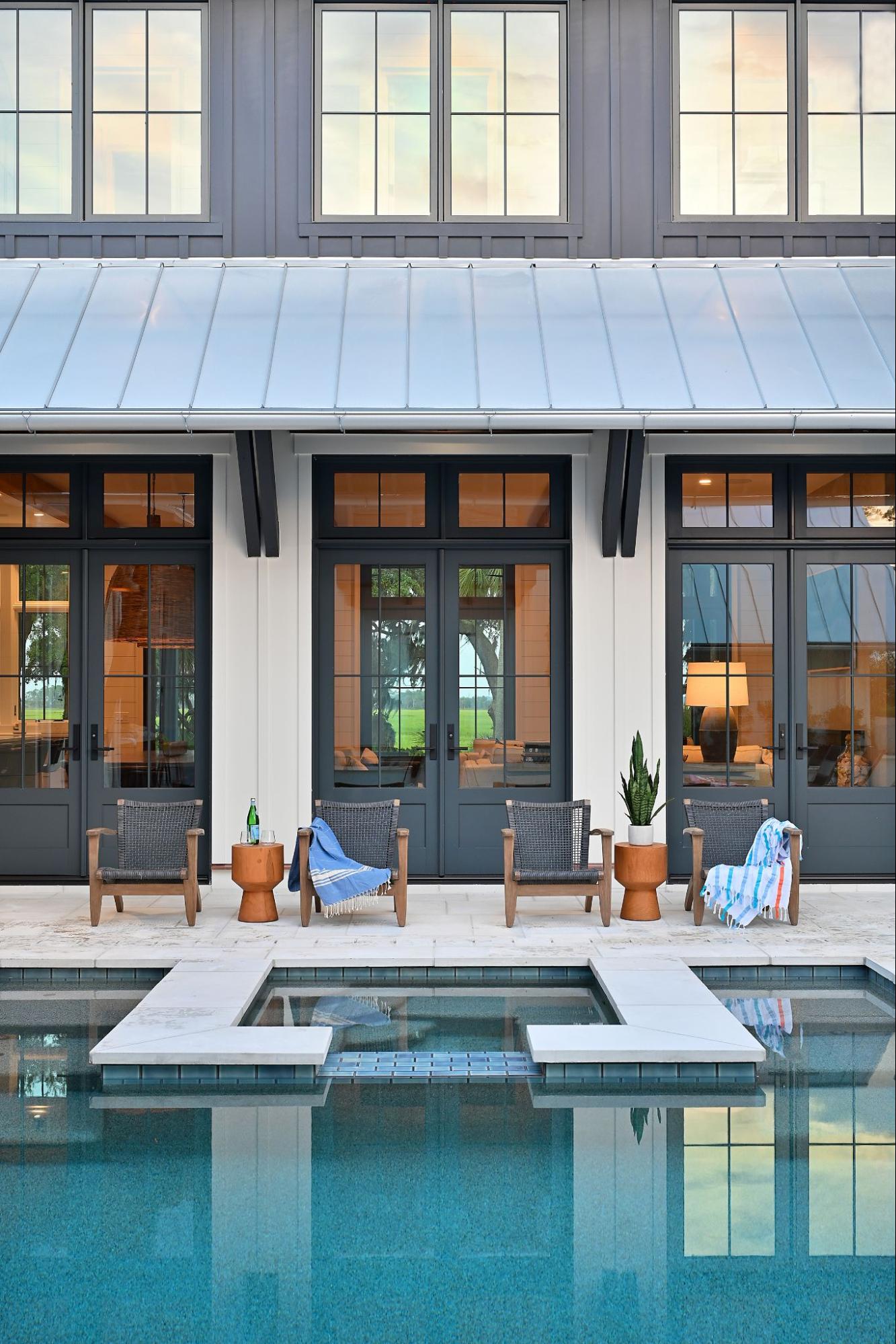
Palmetto Bluff’s Moreland Village feels a world away from the more traditional architecture of the iconi...

We are thrilled to introduce the inaugural winners of the Inspiring the Arts Scholarship—three extraordinary young women pursuing their artistic dreams through higher education! Katherine Donahue has been named our first official scholarship recipient, with Em...
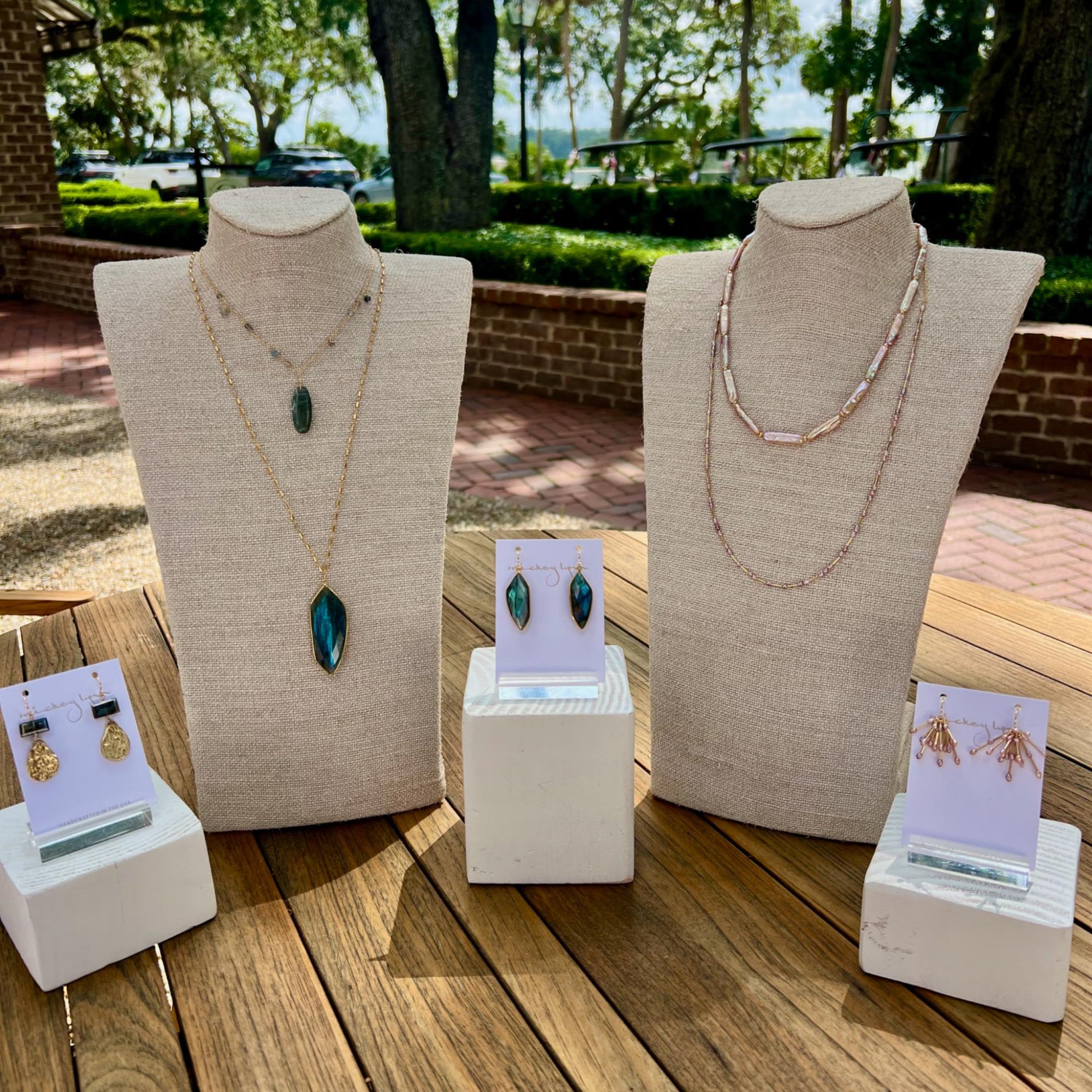
From handmade jewelry to performance wear, the latest arrivals at Palmetto Bluff’s retail spots capture the season in true Lowcountry style. This summer, the Bluff’s shops are full of fresh finds, carefully chosen by our trusted retailers—including FLOW Galler...
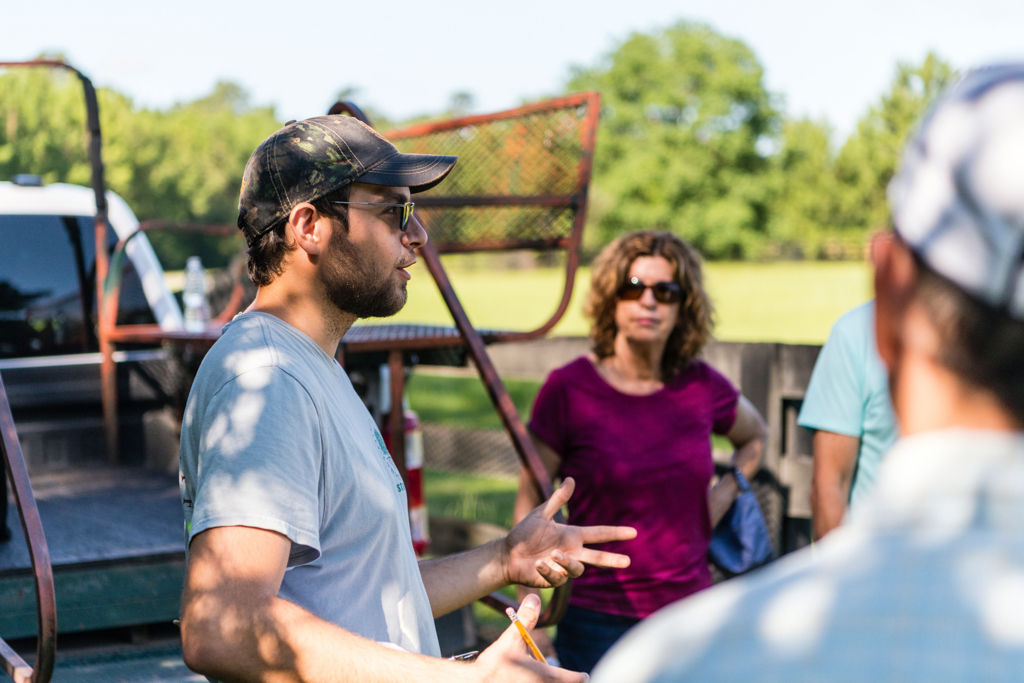
Citizen Science is Thriving at Palmetto BluffDid you know that residents of Palmetto Bluff are playing a vital role in national and global conservation efforts—all from their backyard?Through the Palmetto Bluff Conservancy’s growing Citizen Science programs, c...

In October 2024, Grammy Award-winning musician Clay Ross visited Palmetto Bluff as part of The Arts Initiative's Artist in Residence Program. Through storytelling and song, he explores identity, heritage, and the universal language of sound. By Barry Kaufman ...
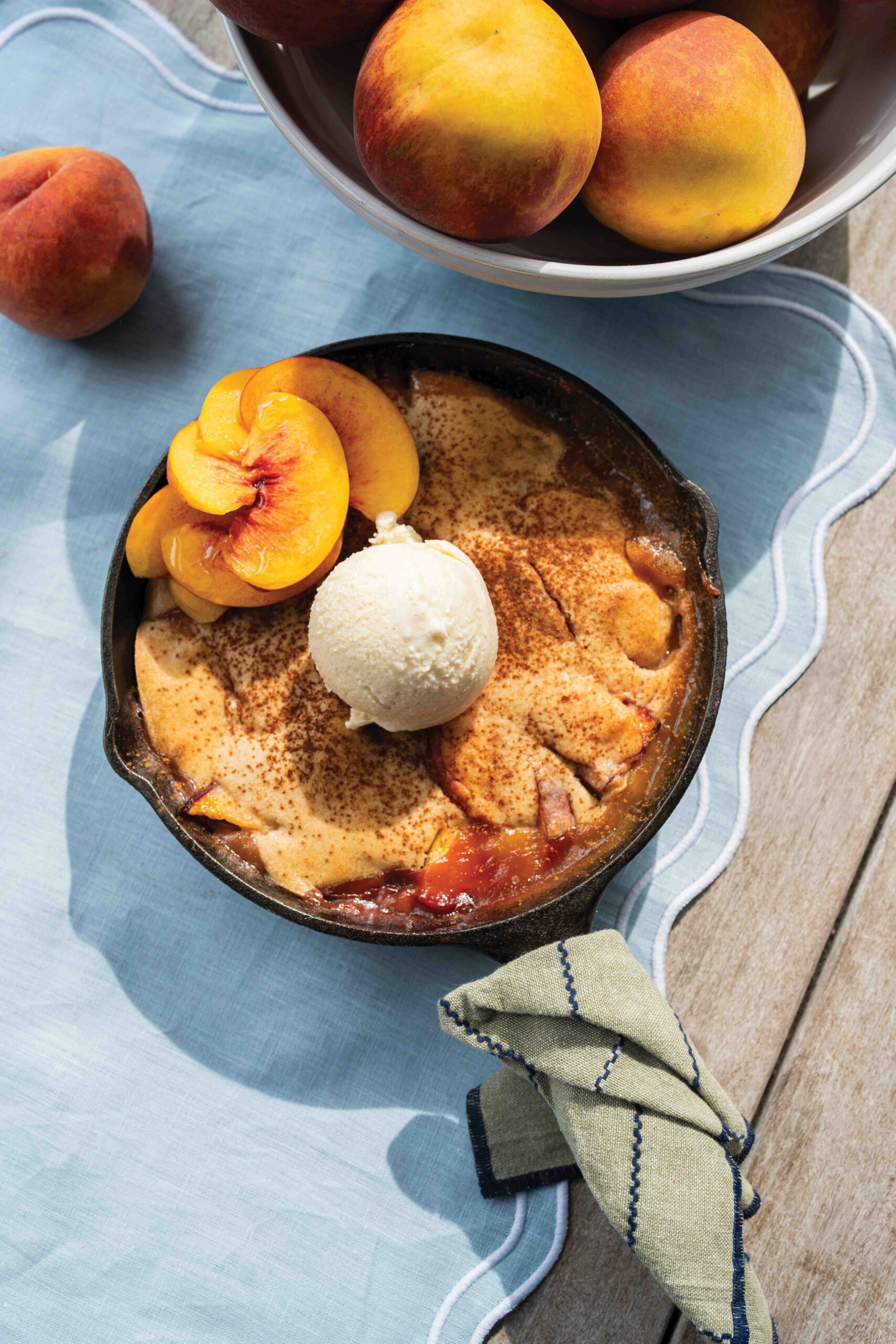
Palmetto Bluff Club Executive Chef Beth Cosgrove and Director of Culinary, Chef Rhy Waddington, Cook Up Four Peachy Recipes for a Summer in the South. Is there anything more iconic than a southern peach? A symbol of summer and Southern heritage, the peach car...
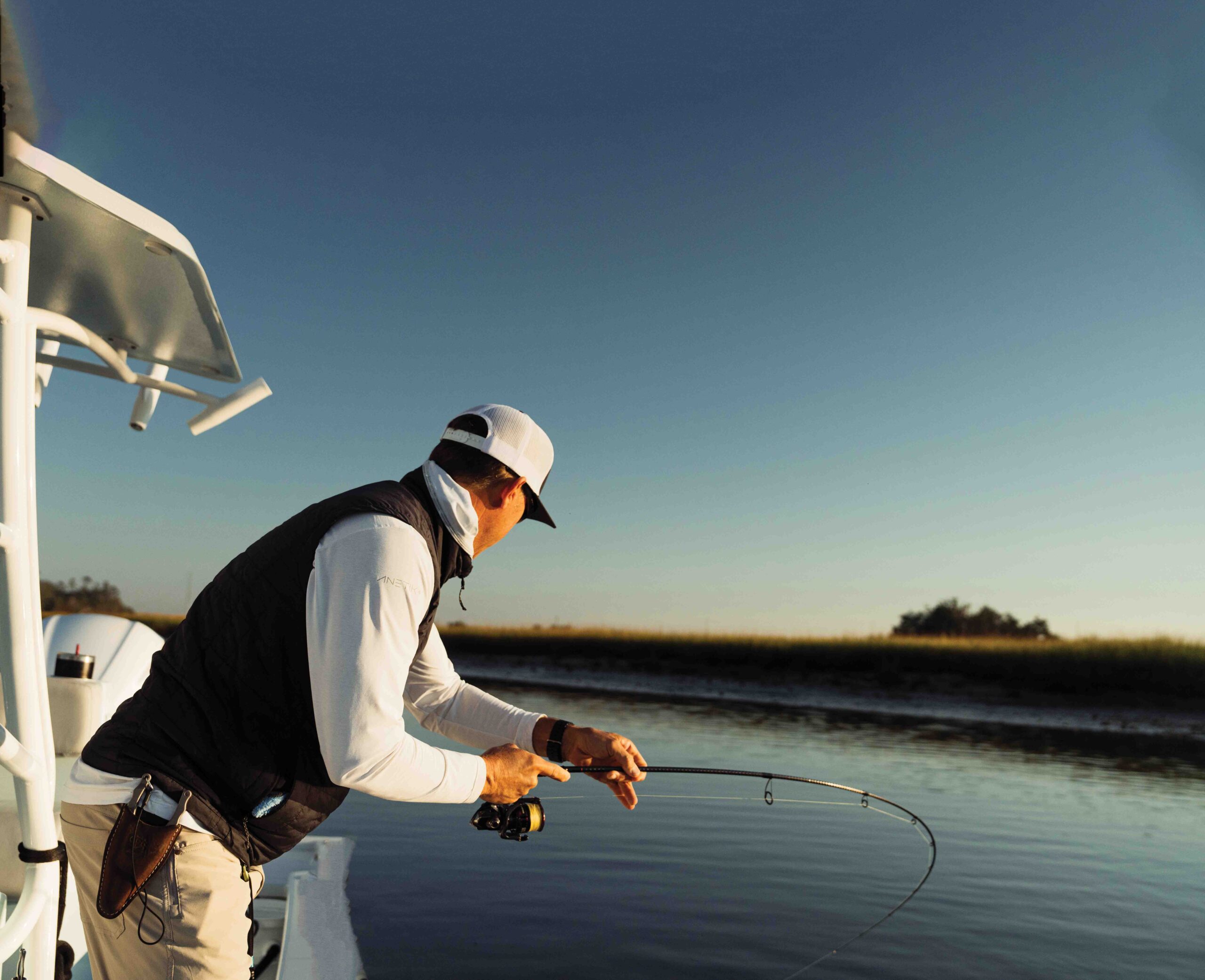
Following the tides and angling for redfish in Lowcountry creeks and estuaries with Captains Brian Vaughn and Will Stephens Story by Sandy Lang It is a sunny morning in October and the water is calm and glassy. The silence is punctuated by a gush of breath f...
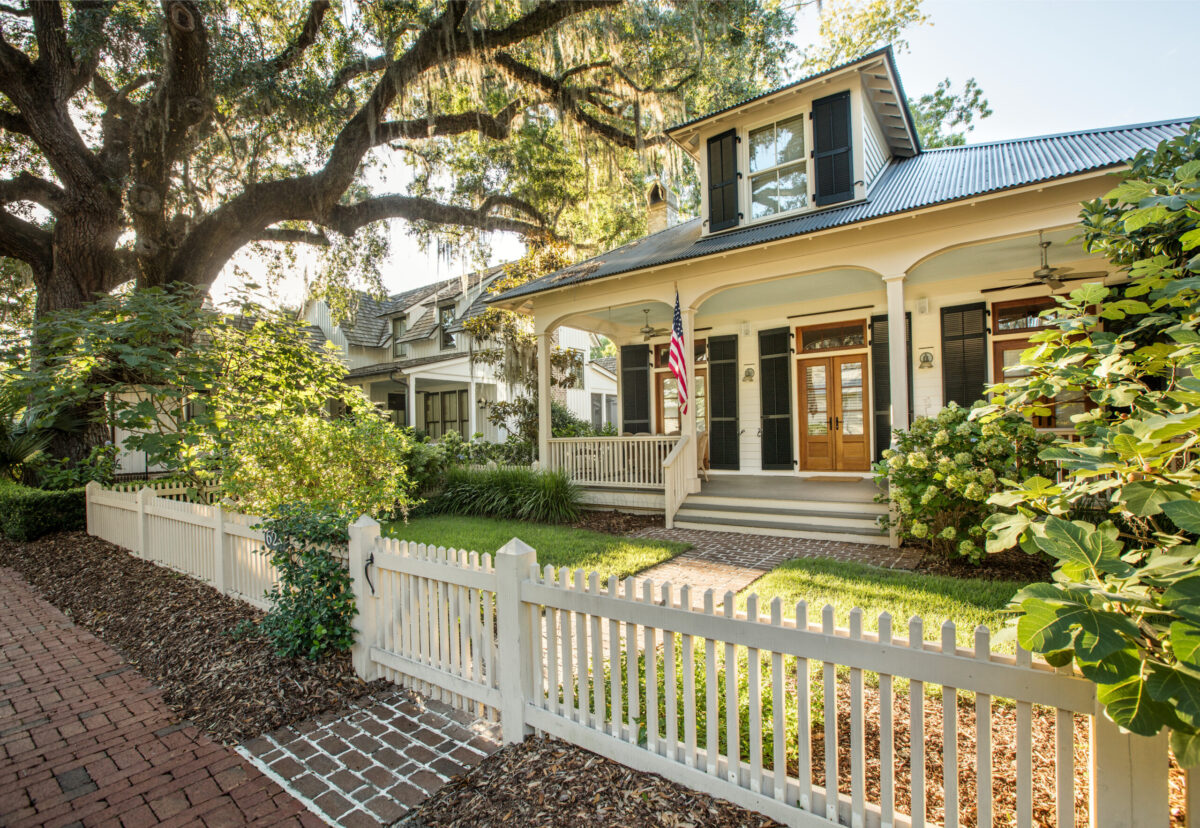
7 Ways To Upkeep Your Palmetto Bluff Home As spring arrives in the Lowcountry, the change in season brings more than blooming marshlands and sun-drenched afternoons; it’s also a perfect time to refresh and care for your Palmetto Bluff home. Coastal living mea...

When the land speaks, you listen. And at Palmetto Bluff, it spoke to two of golf’s most legendary course designers—Bill Coore and Ben Crenshaw. We invite you to watch our newest video, shot this past winter and featuring Bill and Ben, along with South Street P...

5 Renovations to Increase the Value of Your Lowcountry Home Whether Palmetto Bluff is your full-time residence or a cherished retreat, deciding to sell is never a quick or casual choice. However, when the time does come, you want your home to be as market-rea...
Learn about the Palmetto Bluff Conservancy and how we keep the vision of our land in place.
On land or water, there is an ever-evolving variety of activities.
We do not attempt to independently verify the currency, completeness, accuracy or authenticity of the data contained herein. All area measurements and calculations are approximate and should be independently verified. Data may be subject to transcription and transmission errors. Accordingly, the data is provided on an “as is” “as available” basis only and may not reflect all real estate activity in the market”. © [2023] REsides, Inc. All rights reserved. Certain information contained herein is derived from information, which is the licensed property of, and copyrighted by, REsides, Inc.